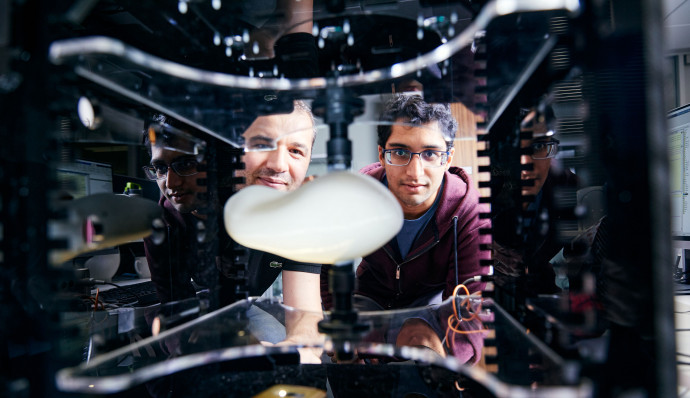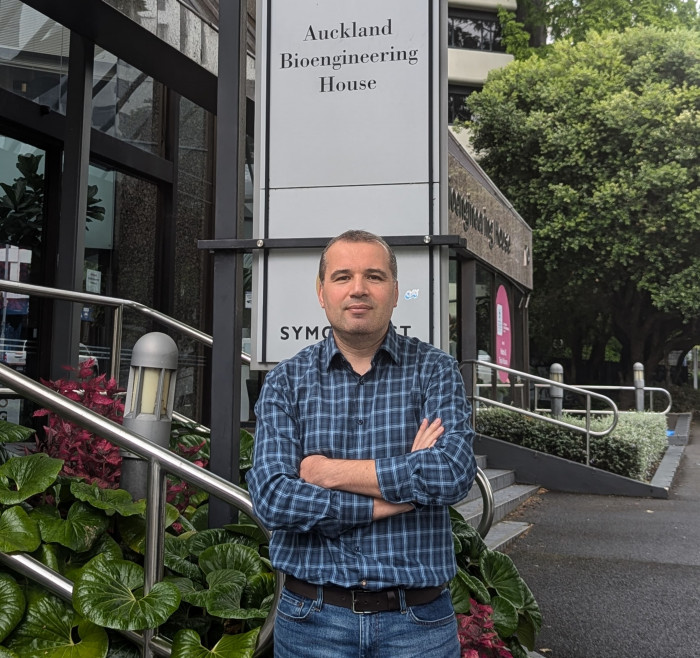It’s electric: Investigating new methods for diagnosing gastric disorders

Disorders of the digestive system affect more and more people, but their causes cannot be reliably diagnosed. Dr Recep Avci from Waipapa Taumata Rau the University of Auckland will explore a non-invasive method to identify these diseases using bioelectric patterns on the skin
Published on 7 Whiringa-ā-rangi November 2024
Problems with the digestive system like persistent nausea or indigestion are on the rise. Chronic digestive disorders affect up to 10% of New Zealanders and place a considerable burden on the healthcare system. Treating these issues is difficult because they have various causes that cannot always be diagnosed by standard methods like blood tests or imaging.
Dr Avci has received a Marsden Fund Fast-Start award to explore a new, non-invasive method to identify the conditions that cause gastric diseases. The internal movements of the stomach wall are key for healthy digestion and are controlled by bioelectrical signals. Irregular electrical patterns in the stomach can cause disruptions to its function. The electrical fields generated within the stomach wall can be measured on the skin surface. This project will develop a novel method to accurately characterise these fields, investigate abnormalities in electrical patterns on the skin, and trace them back to digestive disorders. The team will map the electric fields on the stomach and skin simultaneously to study how the electrical activities in the stomach are controlled, propagated, and expressed on the skin. As the transmission of the gastric electric fields to the surface will be influenced by the tissue between stomach and skin, this will be modelled for the exact body shape of the patient.
This research has the potential to revolutionise diagnostic methods through the monitoring of electrical activities. This could lead to better treatment options and improve the quality of life for patients in Aotearoa and beyond.

Dr Recep Avci in front of the Auckland Bioengineering Institute (photo supplied)
